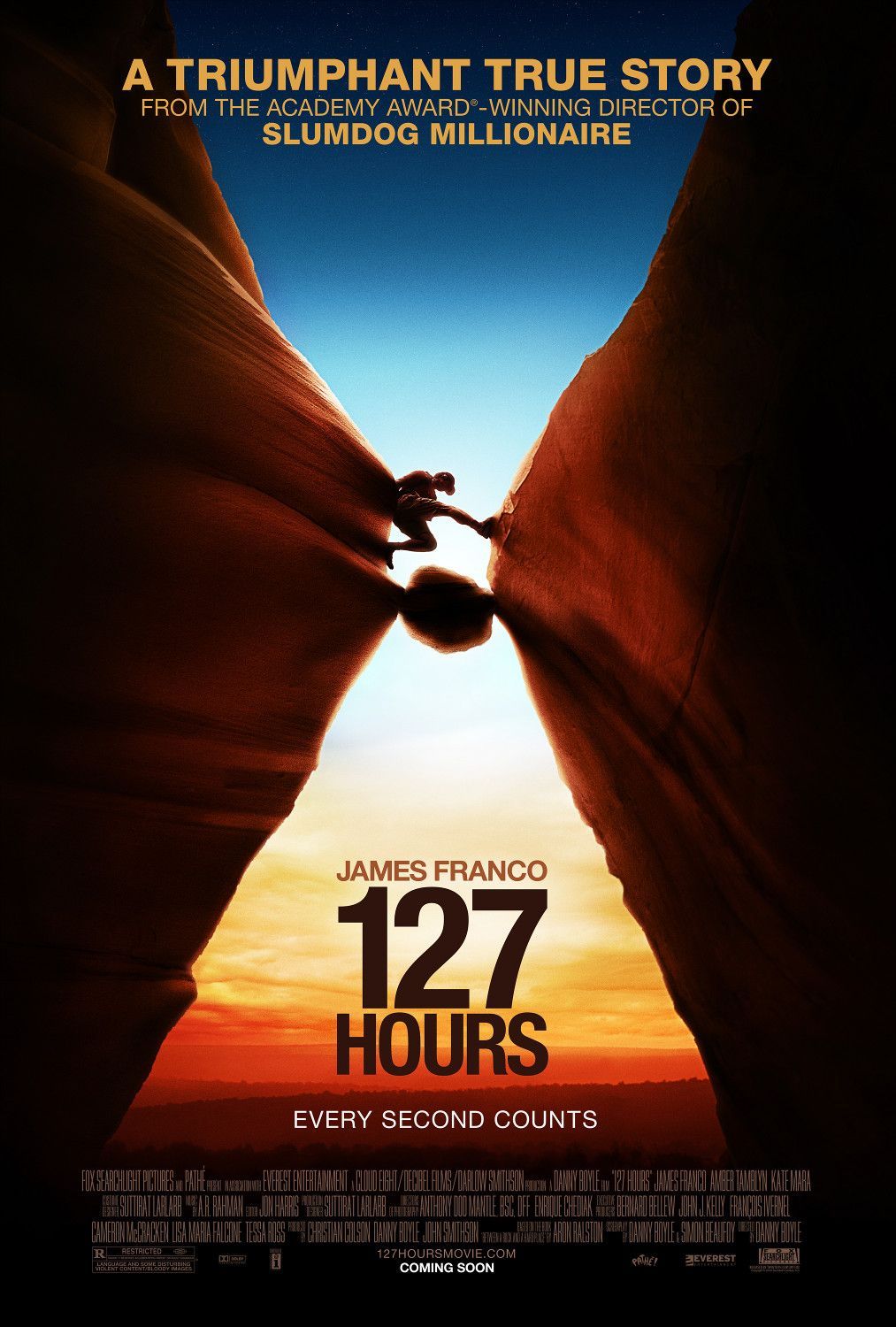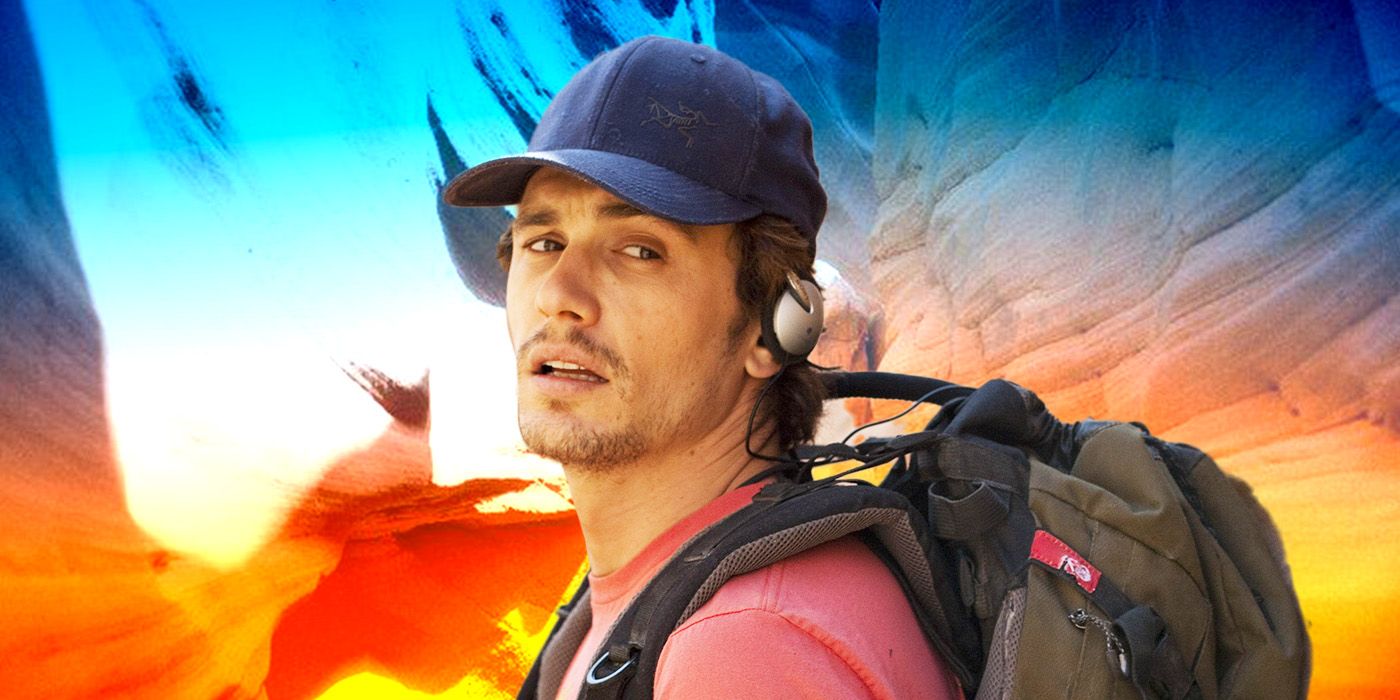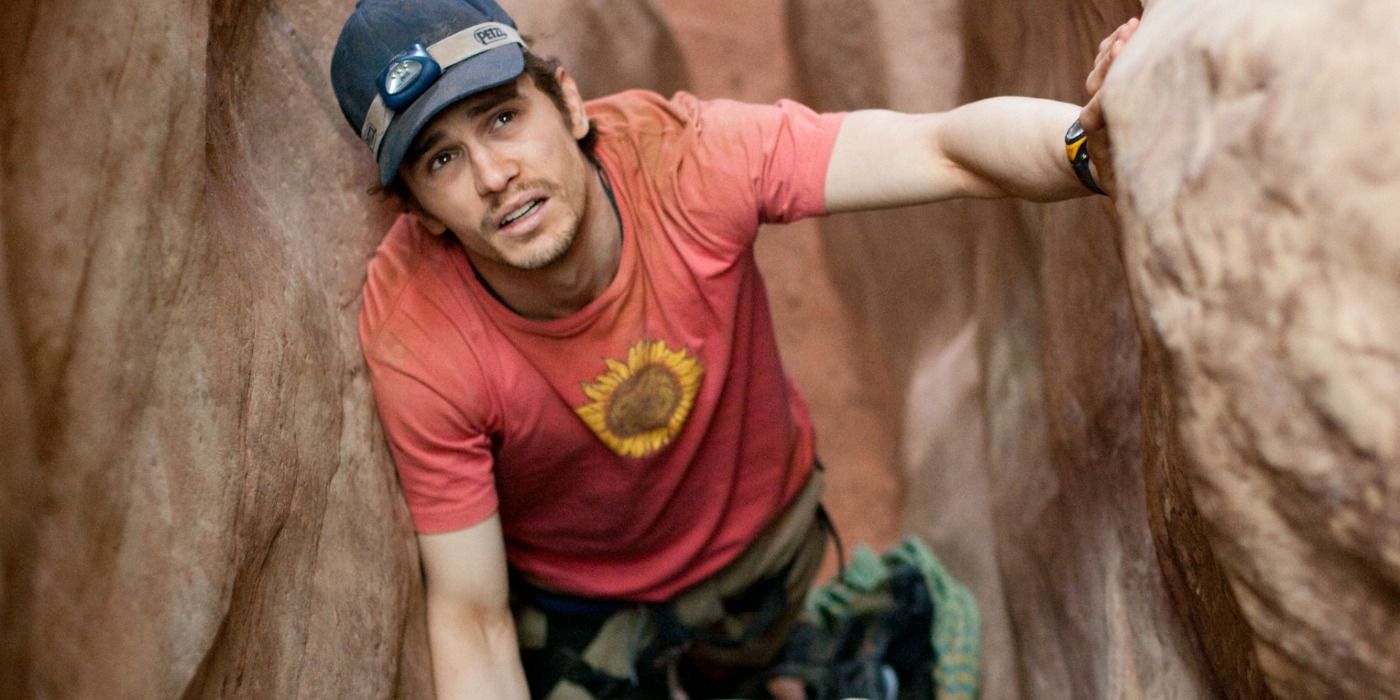The Big Picture
- 127 Hours captures the harrowing true story of mountaineer Aron Ralston's fight for survival against all odds.
- The film's attention to detail and accuracy, although some dramatic elements were added for impact, is highly praised.
- Director Danny Boyle's inventive storytelling makes 127 Hours a powerful film about resilience and the triumph of the human spirit.
Danny Boyle is without a doubt one of the most inventive filmmakers working today, as he often chooses to work within many different genres. While Boyle started his career working on low budget character pieces like the crime thriller Shallow Grave and the disturbing coming-of-age drama Trainspotting, he took a stab at genre projects with the highly influential zombie thriller 28 Days Later and the thought-provoking space epic Sunshine. Boyle’s expertise in retaining emotional authenticity, regardless of subject, made him perfectly suited for biographical projects. Boyle’s awards-nominated 2010 drama 127 Hours is based on the inspiring true story of the mountaineer Aron Ralston.

127 Hours
- Release Date
- November 12, 2010
- Director
- Danny Boyle
- Cast
- James Franco , Kate Mara , Amber Tamblyn , Lizzy Caplan , Elizabeth Hales , Patrick Gibbs
- Runtime
- 93
What Is ‘127 Hours’ About?
Based on the autobiographical novel Between A Rock and a Hard Place, 127 Hours details Ralston’s traumatic experiences during a hiking accident in Utah’s Canyonlands National Park. Ralston, who is portrayed by James Franco in an Oscar-nominated performance, was an experienced climber who enjoyed pushing his body to its physical limits. Having been professionally climbing since he was in high school, Ralston had conducted similar isolated endeavors in different national parks across the nation. However, his expedition in Utah in 2003 was conducted without letting any of his family or colleagues know. This became highly dangerous once Ralton became isolated and desperately in need of assistance.
Ralton initially had confidence in his expedition, as he even befriended the lost hikers Kristi (Kate Mara) and Megan (Amber Tamblyn) whilst hiking, offering to give them directions. While the trio spent some time together in a small pool nearby, Ralston continued his expedition independently. After climbing a slot canyon, Ralton lost grasp of his climbing equipment and became pinned to the side of the wall by an 800 pound boulder. With his physicality obstructed and only a few personal items at his disposal, Ralton found himself incapable of moving the boulder. He was forced to take desperate means in order to survive; at one point, Ralston had to drink his own urine and set up a pulley system to move items around.
Given that he was completely isolated and had little hope that he’d survive, Ralston began to reflect on the totality of his life while trapped in the natural environment. In addition to making video diaries about his experiences, Ralston recorded several special messages for his family in hopes of leaving them with something in the case of his death. It eventually became evident to Ralston that he would become starved and dehydrated if he did not escape soon. In order to free himself from the boulder, Ralston broke his own bone and amputated his arm with a pocketknife. He was able to quickly rappel down the mountain and drink rainwater to prevent his body from overexerting itself; Ralston was later discovered by a Utah Highway Patrol helicopter and returned home safely.
How Accurate Is ‘127 Hours?'
Unlike many other films based on true events, 127 Hours was made with the cooperation of the real subjects involved. Ralston met with Franco before filming began in order to give him context about the mental headspace he was in during the days he spent fighting for his life; this allowed Franco to give a more natural performance, and look authentic when performing the stunt sequences. While the screenplay by Boyle and Simon Beaufoy relied heavily on the anecdotes from Ralston’s autobiography, the film was well-received among climbing experts for its attention-to-detail. Ralston even admitted that the film was “so factually accurate it is as close to a documentary as you can get and still be a drama.”
Despite the fealty that the film paid to Raltson’s autobiography, 127 Hours changed some aspects of the true story for dramatic reasons. The film omits some of the other efforts Ralton took while attempting to free himself before eventually deciding to undergo the amputation. Additionally, details about Ralston’s bowel movements, experiences getting lost while trekking the canyon, taking a photo near the pool, losing other items in his pockets, and meeting a family from the Netherlands are also not included. While the book may provide a more fleshed out depiction of what actually happened, 127 Hours is authentic to the spirit and message of Ralston’s experience.
The story was clearly one Boyle was invested in, as he had been developing a treatment about Ralston for four years prior to completing the new script with Beaufoy. Boyle wasn’t interested in making a film that didn’t reflect Raltson’s lived-in experience, and enlisted highly acclaimed makeup artists to ensure that the graphic amputation scene felt realistic. Franco received several injuries throughout the production of 127 Hours. In addition to several bruises and scars, Franco said that his investment in capturing Ralston’s personality made the amputation scene psychologically disorienting.
‘127 Hours’ Is an Impressive Filmmaking Achievement
Given that the film revolves around just one character, 127 Hours presented a significant challenge to Boyle and his creative team. Ralston’s experiences were grueling and not inherently cinematic, and the film had the potential of being very dull if it only focused on the pain that he went through. However, Boyle made the intelligent choice to incorporate flashback and dream sequences that shed more detail on Ralton’s life prior to the accident. This helped the viewer to invest more heavily in Ralston as a character, making for one of Boyle’s best films.
While it’s most closely associated with the shocking amputation scene, 127 Hours justifies its moment of extreme bodily violence. Ralston’s decision isn’t made to shock the viewer, but to show his incredible resilience and belief in the value of his own life. Boyle was able to turn a disturbing true story into a film about the triumph of the human spirit; it becomes less about Ralston’s trauma, and more about his perseverance.
127 Hours is streaming on Max in the U.S.


